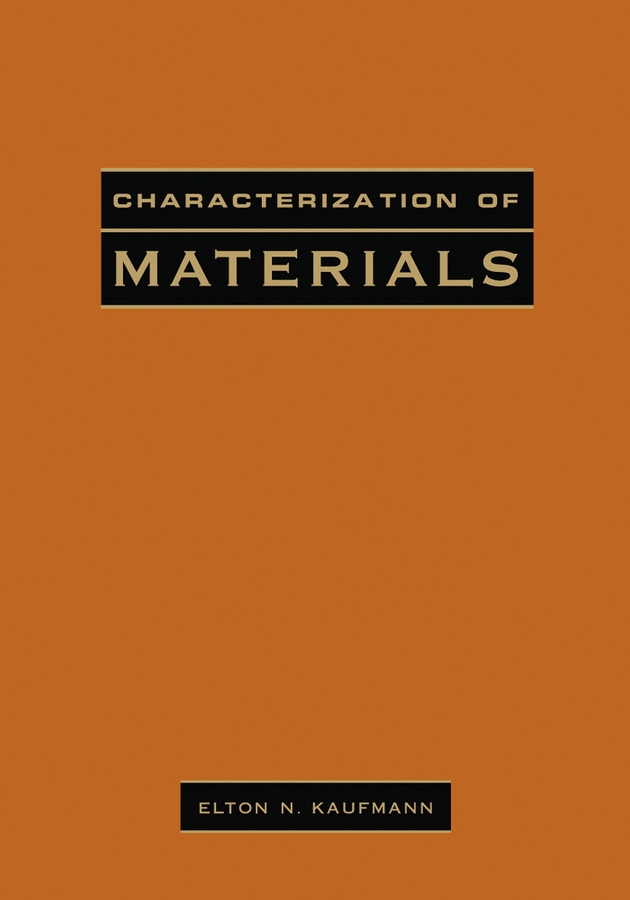Optical Microscopy
Abstract
The microstructure of a material is related directly to its physical, chemical, and mechanical properties as they are influenced by processing and/or the environment. Among the numerous investigative techniques used to study materials, optical microscopy, with its several diverse variations, is important to the researcher and/or materials engineer for obtaining information concerning the structural state of a material. Information gained using optical microscopy is complementary to other techniques and provides unique information to assess the microstructure of the sample. Though predominantly qualitative, in some cases quantitative measurements are made: some examples are for quantification of grain growth, the coarsening of precipitates during a process, or the evolution of structural domains or defects.
The goal of this article is to discuss the basic principles and structure of an optical microscope, including the light path, objective lenses, and illumination sources. In this new revised version of the article, fluorescence microscopy and its associated instrumentation are introduced. Practical tips for choosing a microscope, objectives, and accessories and for good microscopy practices are then given. A new Protocols section provides step-by-step guides to adjusting illumination and to some fluorescence applications.



